In 1999 Wayne Hill, Charles Mamou’s court appointed defense attorney, thanked Mamou’s mother, Angelice, when she handed him a letter he could use to defend his client. Mamou was facing the death penalty, in a case centered on a ‘confession’ to murder. A confession Mamou said never happened. His defense attorney held in his hands a letter written by the man claiming to have heard the ‘confession’, Terrence Dodson. In the letter written to Mamou, Dodson wrote, “I’m glad you didn’t tell me shit about that cause I don’t wanna know shit, I feel better off that way.”
In addition to the letter, Wayne Hill had access to Dodson’s video statement. Police paid Terrence Dodson a visit early in the investigation when they were looking at him for his involvement in the murder. At that time, he made a video statement claiming Mamou confessed to him. Hill had access to that video, and if he watched it, he would have known all the contradictions between Dodson’s statement and his actual testimony in court.
One of the most significant contradictions was how and when the alleged ‘confession’ took place. According to Dodson’s video statement, Mamou called him on Tuesday morning from Louisiana – even though Mamou wasn’t even in Louisiana on Tuesday morning – and confessed in a single telephone conversation. Yet on the stand, Dodson said Mamou began the confession in Texas, face to face, on Dodson’s sister’s porch. He then went on to say that the confession continued over a ‘couple days’ in ‘several’ conversations. That wasn’t the only contradiction Dodson made, there were several.
Wayne Hill, the defense attorney, never entered the letter Dodson wrote as an exhibit for his client’s trial. He never mentioned the letter, nor did he mention Terrence Dodson’s many contradictions of his own video statement.
Terrence Dodson is Charles Mamou’s cousin. The prosecution used that relationship to solidify their argument of guilt, pointing out that Mamou must be guilty if his own family would testify against him.
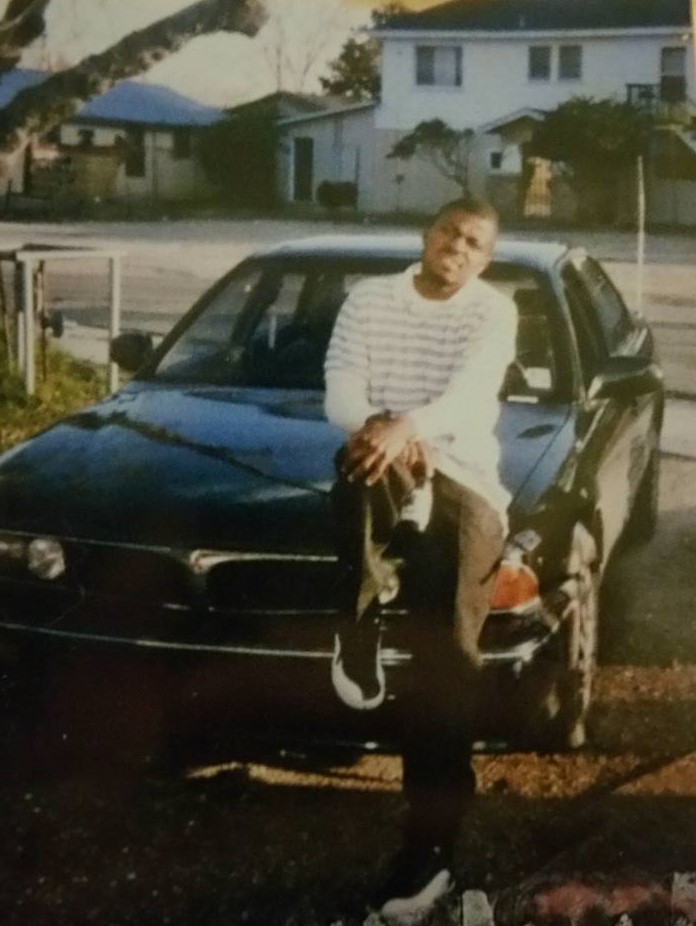
They wanted another cousin of Mamou’s to testify as well. That would make the ‘relative’ argument stronger. The only problem with the other cousin, Anthony Trail, was, he didn’t know anything about the night in question. He wasn’t there, and no one had told him anything about what had happened to the victim. He had no desire to get involved because he didn’t have any relevant information to add. The prosecution wanted him involved though. At one point, while being questioned, he had decided he would not testify. Then a man came into the room. According to Trail, he believed the man was the victim’s father, and that was the impression he was given. The man proceeded to persuade Trail to get involved and eventually Trail agreed to testify. We will probably never know if it was actually the victim’s father who persuaded him or someone that was just trying to give that impression. Trail’s testimony added nothing material to the trial because Trail had no knowledge of what happened that night nor had anyone shared with him a ‘confession’. The prosecution didn’t ask him those things on the stand, but rather used him as another ‘family member’ who testified against Mamou. They asked Trail about some sunglasses Mamou and he had picked up the day after the murder, leaving the impression the glasses were some type of evidence, but it was never pointed out for the jury by the prosecution – or defense – that the glasses they picked up were nearly five miles from the crime scene.
Throughout the Mamou trial a sexual assault was repeatedly referred to for the majority female jury. Although it was presented as important in the courtroom, outside of the courtroom there was no urgency to find out if any sexual assault actually occurred that night. Dr. Joyce Carter ordered a rape kit to be done when the body was found, to include oral swabs, fibers, clothing, fingernail scrapings, etc. On December 11, 1998, those items were picked up by an HPD officer and placed in the HPD property room freezer. There they sat. The rape kit was not ordered to be processed until long after Charles Mamou was in custody. Eight months after the crime, on July 8, 1999, and shortly before Mamou’s trial the D.A.’s office requested the rape kit be processed by the HPD crime lab. The results – no semen was detected on any items analyzed.
Although the District Attorney’s office ordered the test processed and was given the results, graphic references to sexual assault were repeatedly used throughout the trial, in what appeared to be an effort to inflame the jury – although Mamou was never charged with sexual assault. There was never any evidence a sexual assault took place by anyone, according to the incident report.
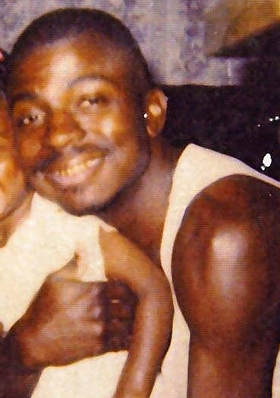
Mamou’s defense team left the sexual assault accusations without argument, never telling the jury that a rape kit was processed months after the crime that turned up nothing.
Also of note, ‘hairs were collected from the t-shirt’ of the victim. The hairs were never mentioned by the prosecution or the defense. It appears they are still in the HPD property room.
Charles Mamou always maintained his innocence, and the only witness statements available support his account of his whereabouts that night, although a couple statements appear to be currently missing as of an Open Records Request done this year. What is known is – the victim and Charles Mamou were both on Lantern Point Drive at approximately 12:00 midnight on the night of December 6, 1998. On that point, all accounts are in agreement. After a drug deal gone wrong, Mamou and Samuel Johnson drove away in two separate cars, with the victim in the backseat of the car Mamou was driving.
Charles Mamou says both men drove to an apartment complex on Fondren where he was staying while he was in Houston – about a ten mile drive. That is also the location where Johnson lived.
A witness statement taken from the woman who lived at the apartment where Mamou stayed that night indicates Mamou was back at her apartment at approximately 12:45. In her statement she spoke of waking up at “about 12:15 AM.” She then says, “It seem like was around thirty minutes later I heard a knock on the door.” She goes on to say, “I asked my brother who was at the door. He told me it was Chucky.”
That statement indicates that Mamou was exactly where he said he was forty-five minutes later. Unfortunately – the jury never knew that statement existed and that information was never presented to them by Mamou’s defense team.
During the trial the woman’s husband, Howard Scott, testified and when questioned he was shown his own statement, “when you say Mr. Mamou got there, does reviewing that statement specifically refresh your memory that it was 12:15 and 12:45?”
Scott’s answer, “Yes.”
Question, “Okay. So you’re positive it couldn’t have been later than 12:45?”
And the answer, “No, sir.”
Two witnesses who had no reason to defend or support Charles Mamou both supported exactly what Mamou said happened. The body of the victim was found on Lynchester Drive, a location that was about thirty minutes from the Lantern Point Drive location where the drug deal gone wrong took place. The prosecution’s version of a sexual assault, murder, and dropping sunglasses at a location on Ashford Point Drive – couldn’t have been done in 45 minutes. The time constraints were never outlined for the jury.
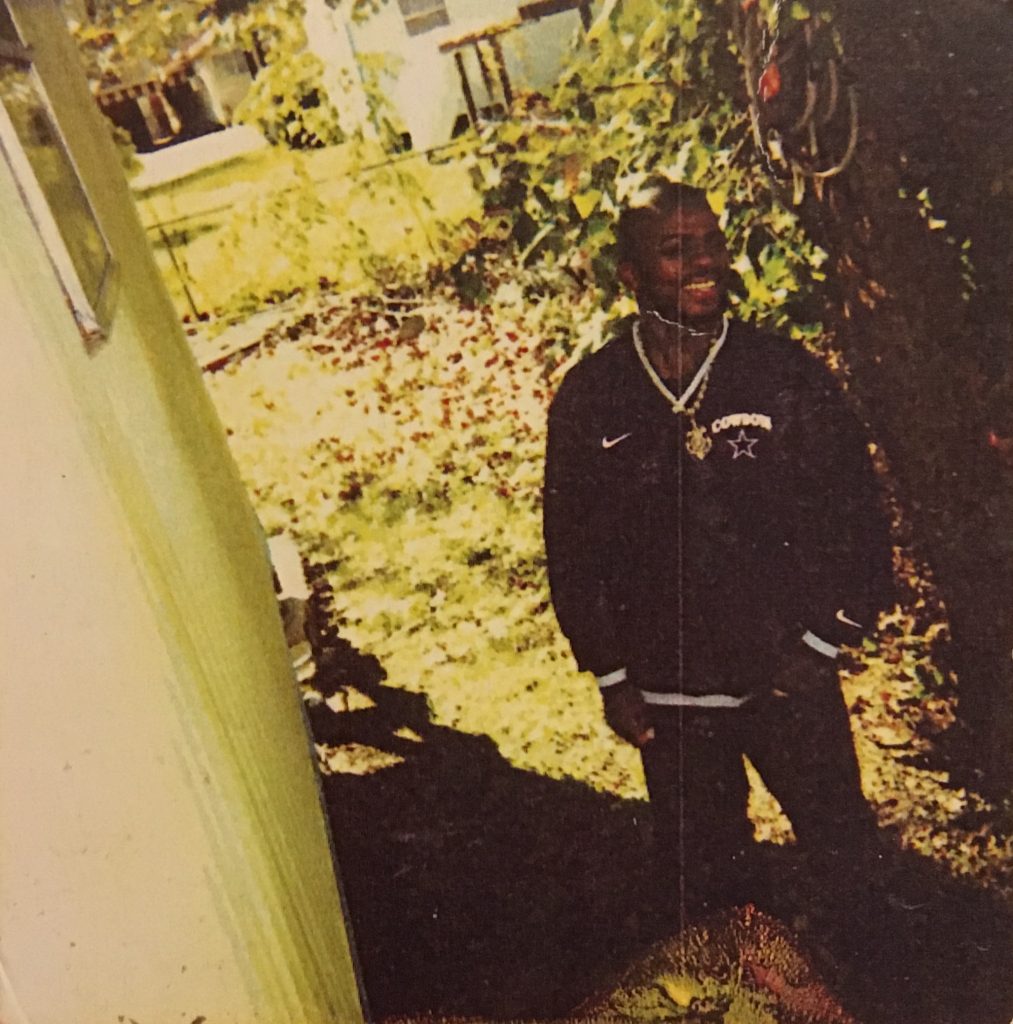
There is something else very troubling about Howard Scott’s testimony. The statement he was shown while on the witness stand – is not in the case file as of the recent Records Request.
Howard Scott made two statements to police – one on Tuesday, December 8, and one on Wednesday, December 9. The incident report, received through an Open Records Request only includes one statement. The Incident Report refers to the ‘missing’ statement on December 8, “It was then decided to bring Howard Scott to the homicide office to be interviewed there since there were some discrepancies between his story and Robin’s. Officer Hollins then transported Howard Scott to the homicide office where he was interviewed by Sergeant Novak.” This interview is not in the incident file that was received pursuant to the Open Records Request.
The missing interview is mentioned more than once. It is also referred to later in the incident report, stating that at 9:45 on Wednesday, December 9, Sergeants Yanchak and Ferguson went to pick up Robin and Howard Scott to be ‘re-interviewed’.
It is referred to again, “On this date, Sergeant Yanchack and Sergeant Ferguson assisted Sergeant G.J. Novak and Officer H.F. Chisolm in the follow up investigation into this offense. Earlier this date, we had ‘re-interviewed’ two witnesses named Robin Marie Scott and her husband, Howard Scott.”
Even on Page 3 of Howard Scott’s statement taken on Wednesday, December 9, 1998, he refers to the interview the day before, on Tuesday, December 8, 1998, “Around 11:30 AM two detectives showed up and began asking me about Chucky. I told them that Chucky left earlier and gave them permission to search my house. I later came with them to the homicide division.”
But, Howard Scott’s first statement did at one time exist and was also referred to in the court transcripts when Wayne Hill asked Scott to look at it and refresh his memory. The second statement of Howard Scott’s makes no reference to when Mamou arrived back at his apartment, so the statement referred to in court is the one that is now currently missing from the file.
There are other things that appear to be missing from the file, unless the detectives did not document their work. According to a News Release put out by the Houston Police Department shortly after the crime, “A second suspect drove away in what was initially described as a red Dodge Intreped. It has since been determined the vehicle was an orange Dodge Concorde that was recovered and inspected.” The news release referred to the vehicle that Samuel Johnson was driving that night.
During the trial Johnson was specifically asked about that car. “Did the police then examine your car?”
Johnson, “They examined it a couple of days after I got out of jail.”
Although there are photographs of the vehicle in the file, there is no written report or documentation regarding what was found in the vehicle.
According to Samuel Johnson, a resident of Houston as well as an employee of Orkin at the time, he went home after the drug deal, drank a soda, took a shower and went to bed, not even disturbing his wife to tell her of his involvement in a shoot out on a dark alley. And there is no documentation other than photographs of anything that was discovered inside of the vehicle he was driving.
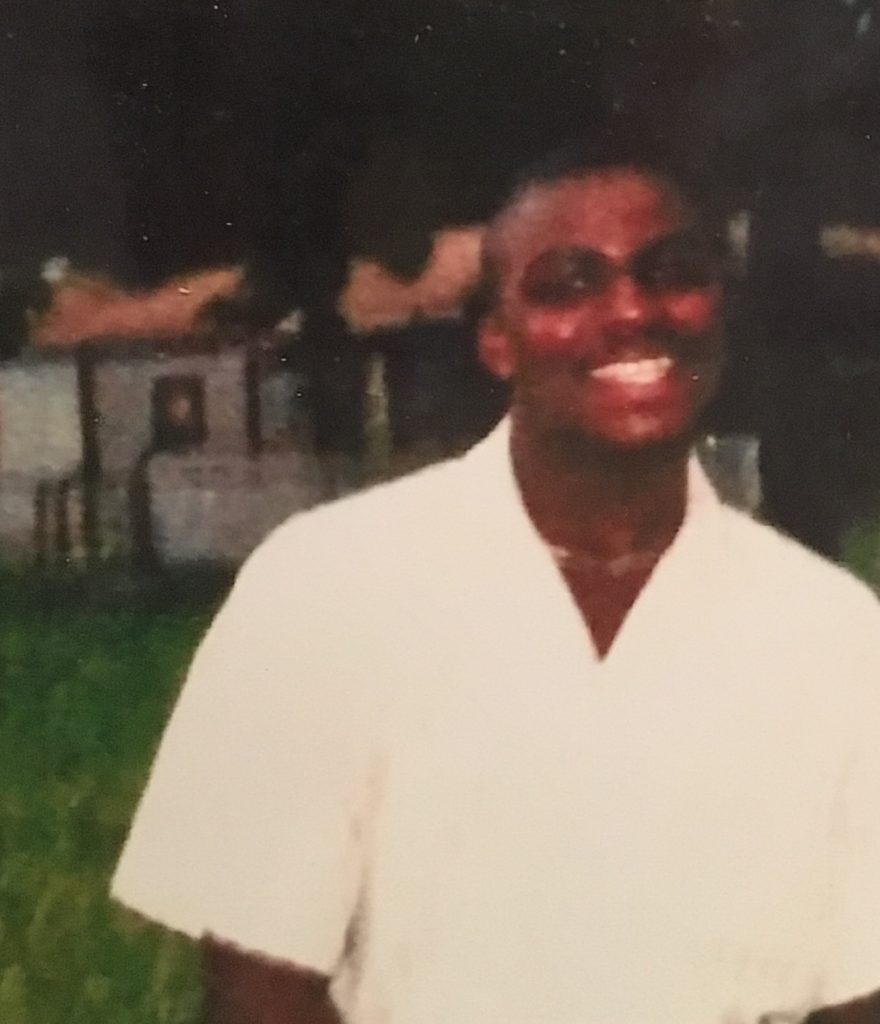
Other documentation not included in the file are any notes or statements made by other parties located at the apartment complex that night, including interviews of Shawn Eaglin. Eaglin was an integral part of introducing several of the parties according to statements, and the police spoke to him. But there are no statements or interview notes in the file regarding interviews of him. As with the vehicle documentation, there is no way to know if the detectives chose not to document their work or if the documents have been removed from the file. But, according to Robin Scott’s statement, she discussed with Eaglin the homicide division going to her home, Shawn’s home, and the employer of Shawn’s cousin, ‘Ced’.
According to Robin Scott’s and Howard Scott’s statements, Eaglin was at the apartment complex on the night in question and it would be expected that detectives spoke to him. Unfortunately, there is no record of those conversations.
In addition to the impossibility of the 45 minute window of time – it is highly unlikely Mamou could have located the backyard of the house for sale on Lynchester Drive where the body was found. He was from Louisiana, and not a resident of Houston. In the Houston Police Department’s incident report, the location was described by a detectives as follows, “The 9200 block of Lynchester Street is located in the Keagan’s Woods sub-division located on the south side of the 14000 block of Bissonnet Street in Harris County. The Keegan’s Woods subdivision is best accessed by turning south onto Bering Wood Street and continuing south to Plantation Valley and then turning west on Plantation Valley. Lynchester Street intersects with Plantation Valley. Lynchester Street does not intersect with Bissonnet and is a difficult street to locate.” That is how a HPD detective described the location, and an investigator recently told me she had difficulty locating it, even with her GPS.
The ability of Charles Mamou, a resident of Louisiana, to have found the location was never brought up by Mamou’s defense attorney for the jury.
For whatever reason, Charles Mamou’s defense team did not present most of the above information. The jury wasn’t left with a lot to consider regarding Mamou’s innocence. As unusual as this may sound – they were given a lot more than in a typical trial. The jury was shown autopsy photos and heard painful, heart wrenching testimony from family members of victims of crimes Mamou was never charged with. As unbelievable as that may sound – it happened. Mamou’s mother, Angelice, was on the elevator with some jurors when she heard them discussing how they were going to decide. It was agreed by the jurors she overheard that they would, ‘vote with the majority’. Ms. Mamou reported what she overheard at the time it happened, but nothing came of it.
They say truth is stranger than fiction. Charles Mamou has been in prison for twenty years, most of it in solitary confinement on death row. Blind faith in the courts is often misplaced. According to the National Registry of Exonerations, the number of exonerations is currently at 2,488. It would be a good bet that a state such as Texas, that executes numerous people a year – has executed innocent people. If the witnesses are to be believed in the Mamou case, there will be one more when he is executed. He couldn’t have done the things he will die for in the time allotted for him to do it. There is not one shred of physical evidence putting him at the scene of the crime. There is not a weapon to test. There is not a footprint at the scene. There is not a fingerprint at the scene. The jury was shown photographs and heard testimony from crimes Mamou was never charged with. Mamou was portrayed as having sexually assaulted someone without a shred of evidence and his attorney did not point that out. There was substantial evidence to call into question the testimony of the key witness who said Mamou confessed, that was never presented by the defense. There are ‘hairs’ that no one seems concerned to follow up on. There was no independent lab testing ever done by the defense. There is documentation that was either never filed or is no longer accounted for – in addition to a statement that at one time existed – but seems to have disappeared.
It reminds me of something I heard recently – close only counts in horseshoes and hand grenades. Can we add ‘or in a courtroom’ with a public defender, the wrong skin color, the wrong year, the wrong state…
Anyone with information regarding this case can contact me at kimberleycarter@verizon.net. Anything you share with me will be confidential.
TO CONTACT CHARLES MAMOU:
Charles Mamou #999333
Polunsky Unit 12-CD-53
3872 South FM 350
Livingston, TX 77351
![]()
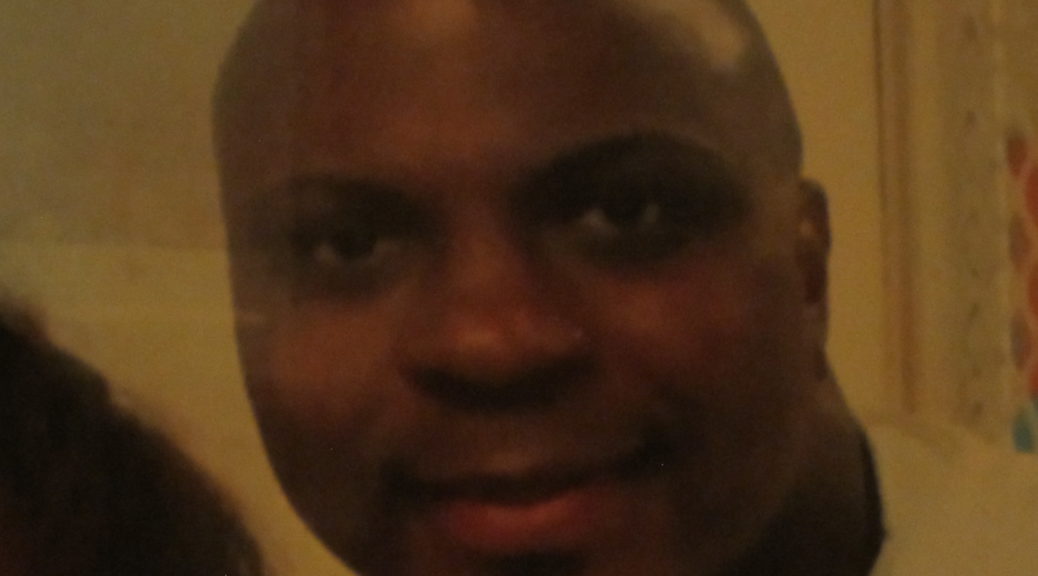
Thank you for detailing the racial biases of the Texas judicial system. Charles was convicted before trial. What the hell was his defence lawyer playing at? He should have been sacked. Charles’s mum could have done a better job by the sound of it.
It makes me furious that another innocent man is going to die because he was in the wrong state at the wrong time, he was born Black, and he lives in one of the most racist and politically corrupt countries in the world.
Have all avenues for appeal been exhausted? He should not be on death row.